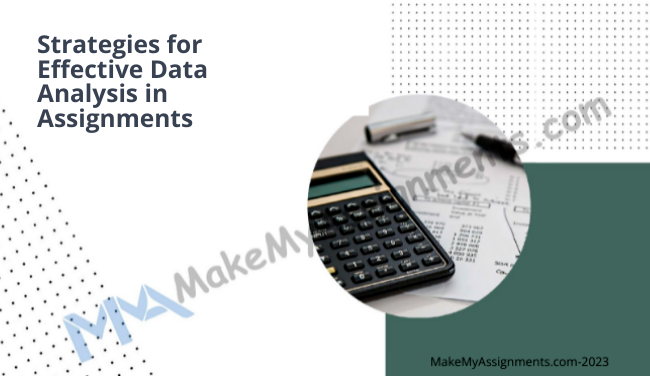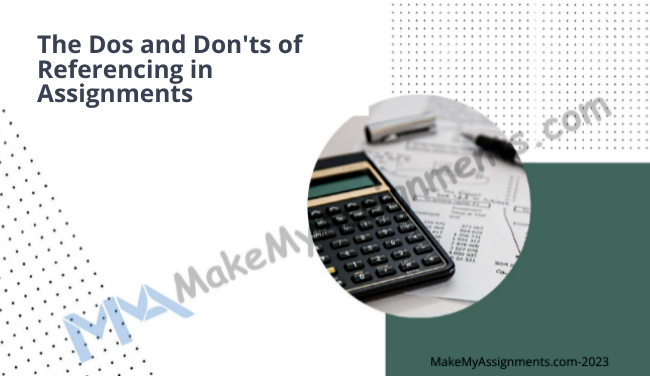
Strategies for Effective Presentation of Data in Assignments
Data presentation is a critical aspect of academic assignments, research papers, and professional reports. Effective presentation of data not only enhances the clarity of your work but also helps convey your findings and arguments more persuasively. In this blog, we will explore several strategies that can help you present data effectively in your assignments, ensuring that your work is both informative and visually appealing.

- Choose the Right Visualization Tools
Selecting the appropriate visualization tools is the first and foremost step in presenting data effectively. Depending on the type of data you have, consider using various tools like bar charts, line graphs, pie charts, scatter plots, and tables. Each type of visualization serves a different purpose, so choose the one that best represents your data and helps convey your message clearly.
- Simplify and Organize
Simplicity is key when presenting data. Avoid clutter and complexity that can confuse your readers. Remove unnecessary elements, such as excessive gridlines, embellishments, or 3D effects, from your visualizations. Keep labels and legends clear and concise to make your data easily interpretable.
- Use Consistent Formatting
Consistency in formatting is crucial for a polished and professional look. Maintain uniform fonts, colors, and label sizes throughout your assignment. This consistency helps guide your readers’ eyes and makes it easier for them to interpret the data.
- Provide Context
Ensure that your audience understands the context of your data. Include descriptive titles, captions, and labels that explain what the data represents. Use clear and concise language to provide context, and consider adding footnotes or a brief introduction to your data to clarify any potential ambiguity.
- Highlight Key Findings
Emphasize the most critical points and findings in your data by using visual cues. You can use bold colors, larger fonts, or annotations to draw attention to specific data points or trends. This helps your audience quickly grasp the main takeaways from your data.
- Use Data Captions and Annotations
Adding captions and annotations to your charts and tables can provide valuable insights and explanations. Use annotations to point out significant data points, trends, or anomalies, and provide concise explanations. This will help your audience better understand the significance of the data.
- Label Axes and Scales Properly
Ensure that the axes and scales in your charts are labeled accurately and clearly. Misleading or incomplete axis labels can lead to misunderstandings or misinterpretations. Include units of measurement and scale intervals to provide a complete picture.
- Consider Accessibility
Remember that not all your readers may have perfect eyesight or be viewing your assignment on high-resolution screens. Ensure your visualizations are accessible to everyone by using a legible font size and color contrast that makes it easy to distinguish between elements.
- Practice Data Integrity
Always represent your data accurately. Misleading or manipulated visualizations can damage your credibility. Be honest about the source of your data, and avoid distorting the data to fit a particular narrative. Ethical data presentation is essential in academia and beyond.
- Seek Feedback
Before finalizing your assignment, seek feedback from peers, instructors, or colleagues. They can provide valuable insights into the clarity and effectiveness of your data presentation. Constructive criticism can help you make improvements that enhance the overall quality of your work.
Effective data presentation is a vital skill for students and professionals alike. By following these strategies, you can ensure that your data is not only presented clearly but also enhances the overall impact of your assignments. Remember that the ultimate goal of presenting data is to make complex information more accessible and understandable to your audience. So, invest time and effort into mastering these techniques, and your assignments will stand out for their clarity and professionalism.



